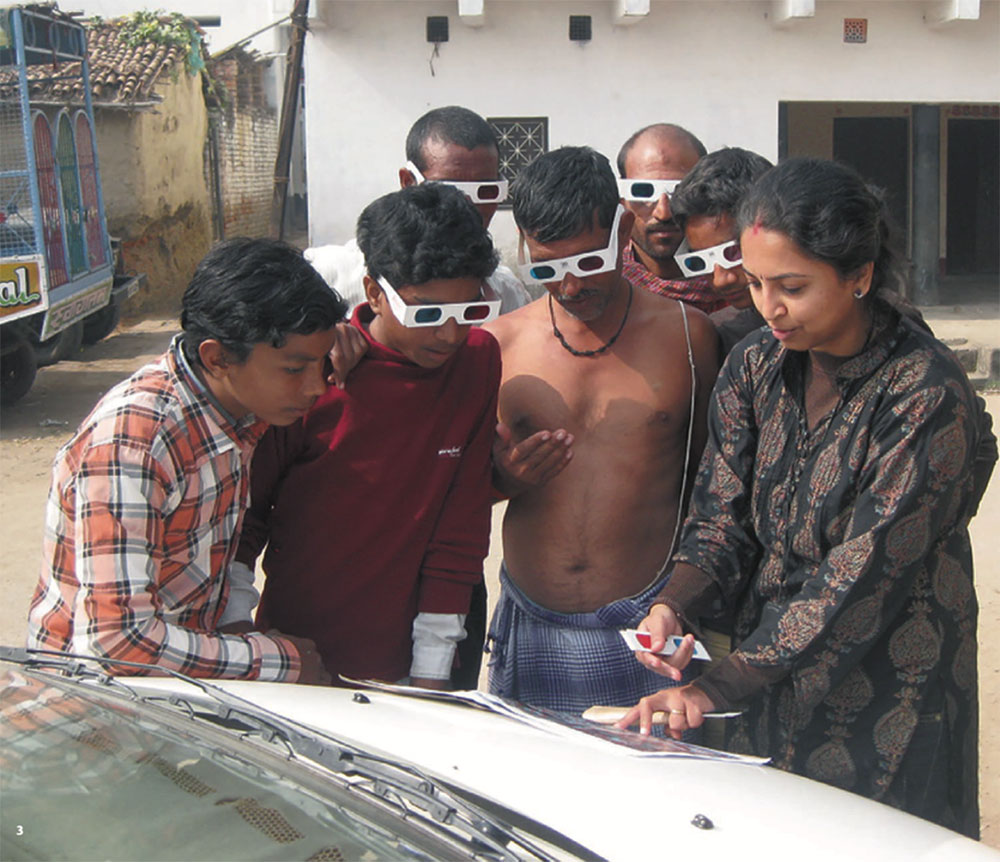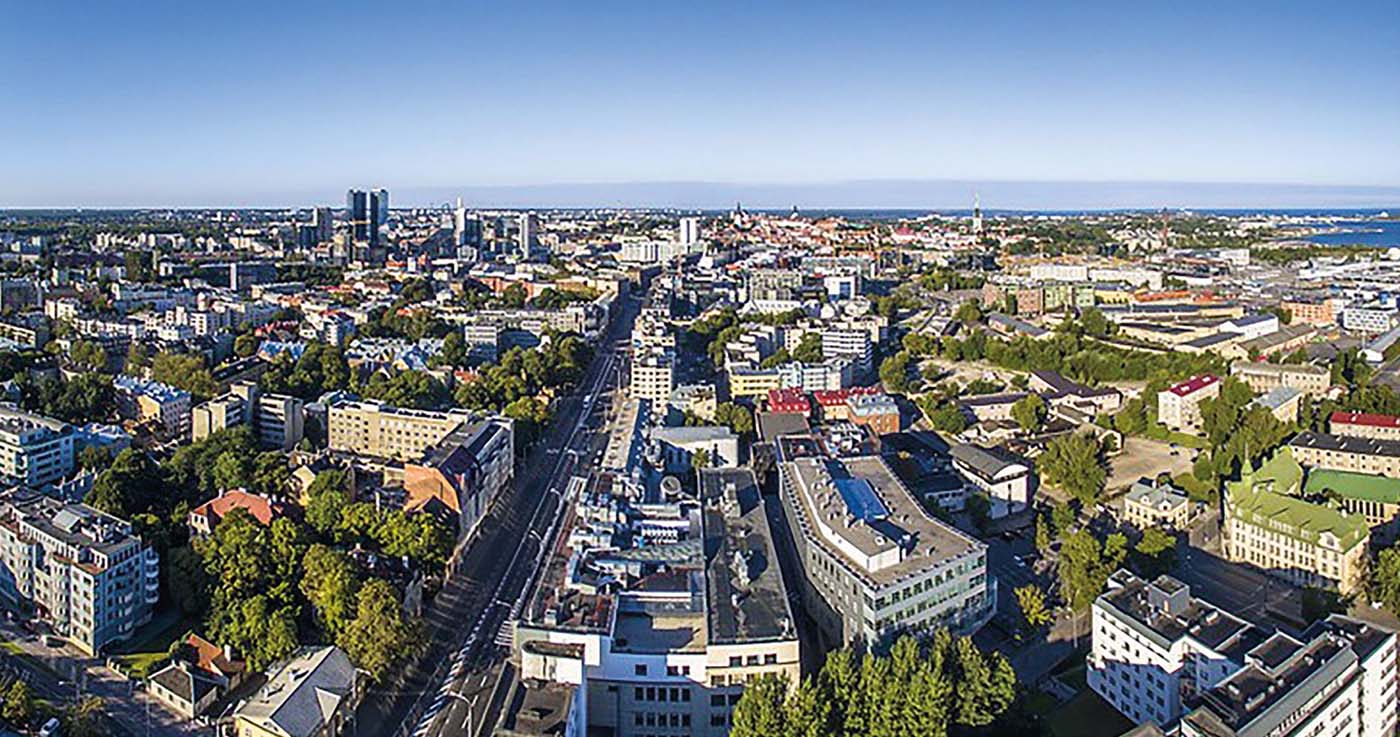Any study of Asia in the world is situated in a particular time and space. At The Newsletter, we are interested in the projections and maps that result from those positions. Where is Asia on our cartographic, cognitive, and metaphorical maps? How do we map the Asian continent? And what purposes do our maps serve? Mapping plays a crucial role in producing and shaping knowledge, and while most of our research necessarily focuses on one or more areas, articles in The Newsletter highlight the importance of remaining self-reflexive about our own representations and imaginaries of these spaces. Our articles encourage critical consideration of the ways in which different scholarly and political positions generate different “epistemic maps” about the world we inhabit, of how diverse geographical knowledges relate to one another, and of how these maps get redrawn and contested across time and space.
We are just as enthusiastic about alternative maps, such as a map of Pu’er , which was designed during a time of changing borders and new political situations (Fig. 1), as we are about problems of representations of Meiji Japan (1868-1912) in photographs for foreign audiences (Fig. 2). We want to explore how satellite images of an archeological site such as Nalanda affect understandings of space and place (Fig. 3), and to consider how urban maps and directories of the Escolta street corridor in Manila reflect the complex relationships between formal and informal systems and structures in the city (Fig. 4). Equally, research that traces the movement of people and objects across regions highlights the importance of connections across official political borders. This happens in articles on communities living in the Himalayas, or on objects that have emerged from the contact between Spain, Latin America, Africa, and Asia (Fig. 5), or on any number of diasporic communities around the world. Such research challenges conventional frameworks as well as the conventional idea of “Asia” as a stable territory of definable nation-states.

Fig. 2: “702 To look over iron bridge from Uji river” from Photograph album of a trip to Japan (Ms. Coll. 833), photographer unknown, late 19th century, Courtesy of the Kislak Center for Special Collections, University of Pennsylvania Libraries. This image previously appeared in Issue #91, Spring 2022.

Fig. 3: Residents of Begumpur examining the 3D satellite image of their village and environs. This image previously appeared in Issue #69, Autumn 2014.

Fig. 4: Escolta map and directory designed for the Escolta Block Party in 2016, 98B Collaboratory. This image previously appeared in Issue #90, Autumn 2021.

Fig. 5: Berimbau players in the US, featuring Mestre Cobra Mansa, in 2003 (Photo by Sam Fentress, retrieved from Wikipedia Commons). This image previously appeared in Issue #95, Summer 2023.
The new connections that we have developed as an institute, and in the course of 100 issues of The Newsletter, emphasize the significance of places as crossroads of exchange and transformation. We are interested in the debates held in the Global South, and between the South and the North, and in the difference that those debates can make. The insular worlds of the Indian Ocean, for instance, were a regional designation in one of our earliest issues. The current issue returns to such islands in more than one article, as places where narratives are constructed and defied.

Fig. 6: Tallinn panorama. This image previously appeared in Issue #91, Spring 2022.
Our publication offers a platform for new Southern connections, and our pages frequently highlight our institutional partnerships with the likes of the Airlangga Institute of Indian Ocean Crossroads, the Federal university of Bahia in Brazil, and many more. We are equally excited about featuring new European partners, such as the Department of Asian and Middle Eastern Studies at Tallinn University (Fig. 6), or POLIS University in Tirana. The news of these new connections and partners, in the form of in-depth essays and reports, will continue to change our view of “Asia” and inspire us to pursue novel lines of inquiry moving forward.